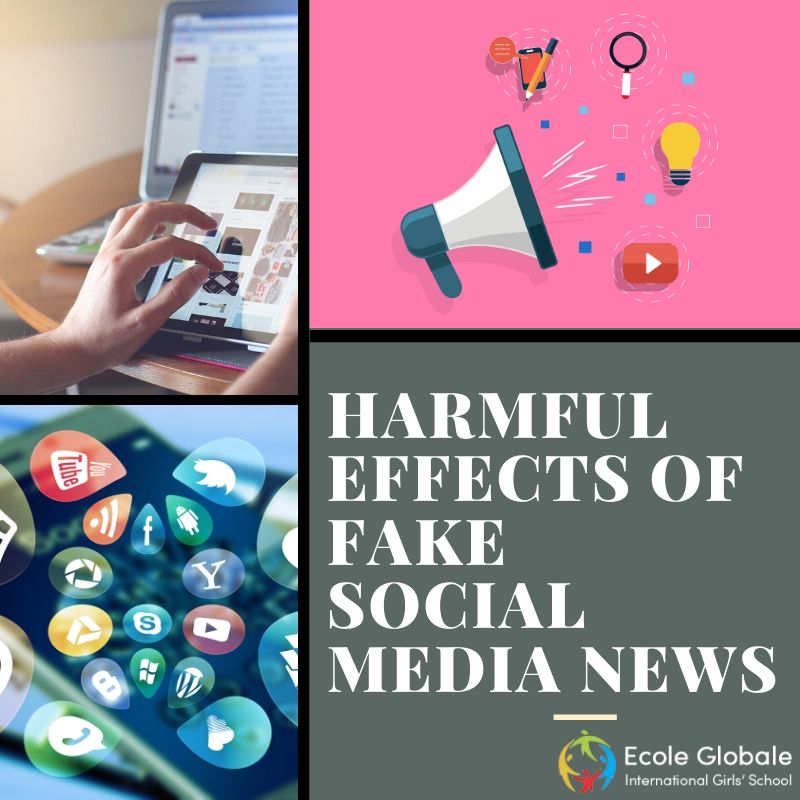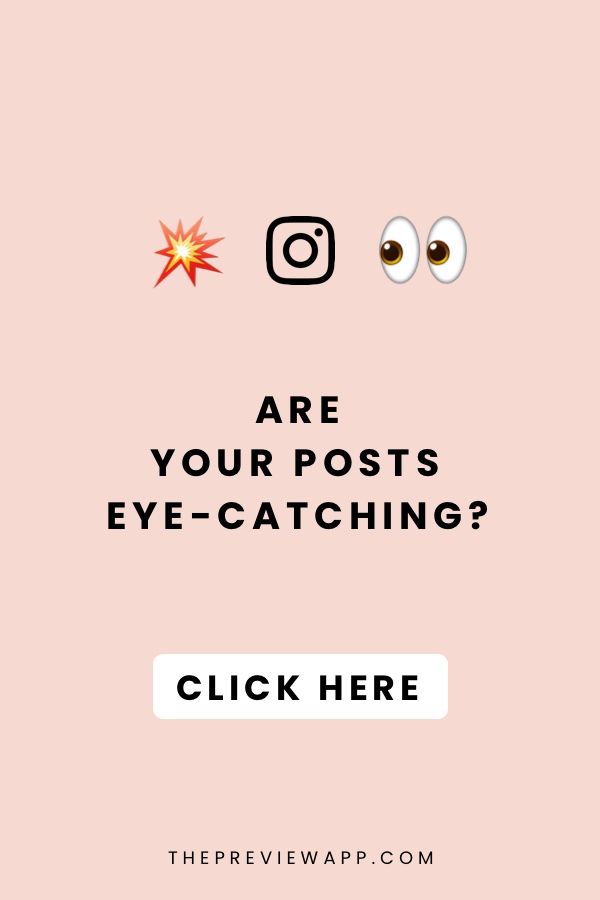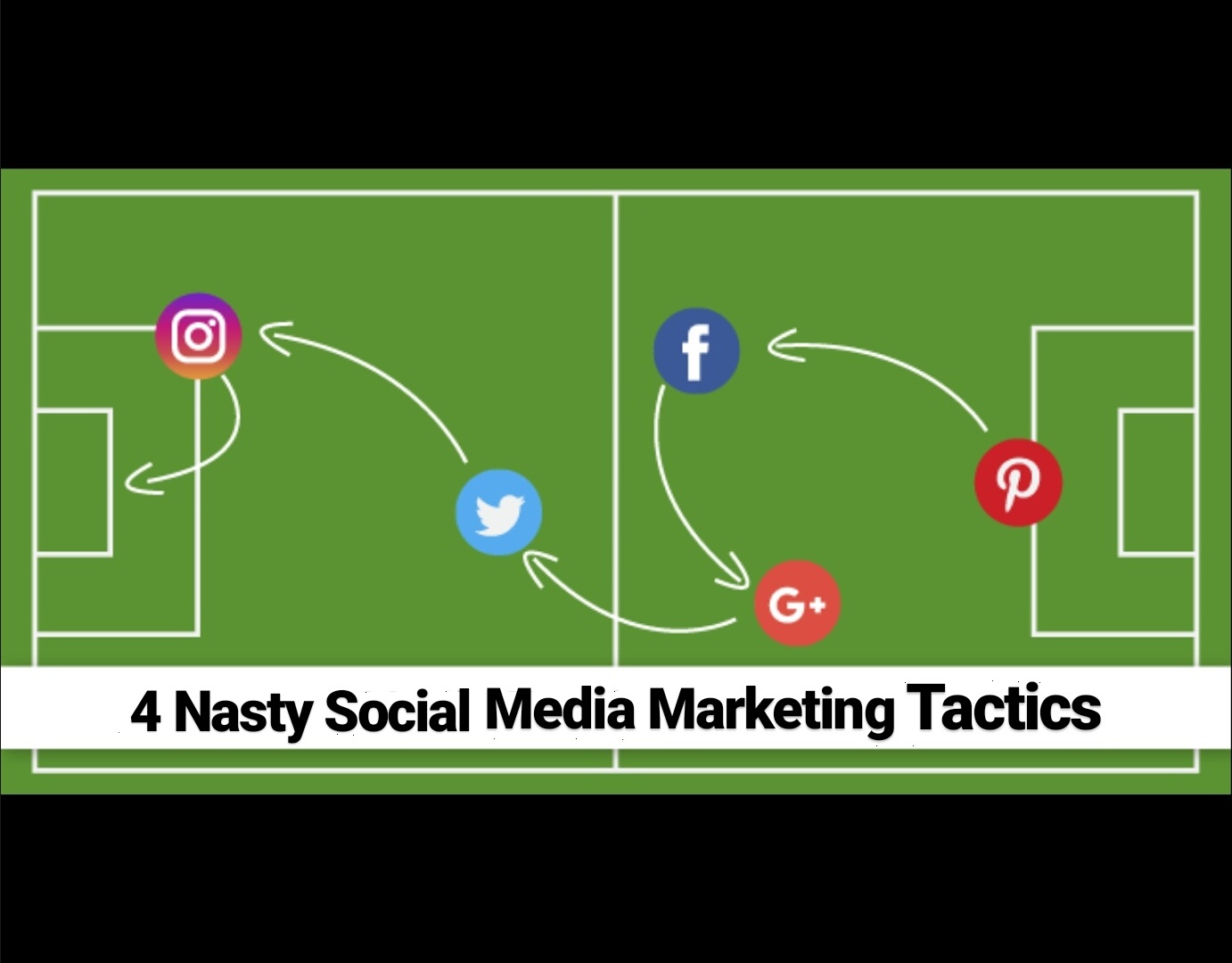
It is easy to write social media copy if you follow the three C's. These are: CTA and Pain point. If you use these tips, your campaign will be a success. These guidelines will assist you in creating social media copy that converts customers into buyers. Writing social media copy is not all that easy. You will find more useful tips in the following article. For increased conversions, make sure to use these tips for every post.
3 Cs rule
For social media copywriting, there are three Cs: consistency, creativity and concision. Copywriting campaigns on social media require a lot of text. This is why it is important to be precise. Also, the use of hashtags can often be misunderstood. Each social network has its own guidelines. Writers need to keep these in mind when creating content.
Knowing your audience's preferences is key to generating engagement and driving sales. Instagram is an amazing visual platform. So make sure your captions convey an emotional message. Barked posted this photo of puppies. This was a great example of contextualizing the caption. Instagram users often share photos. A caption on Instagram should have the same effect as a physical product.
Active voice
Write in the active voice and not the passive voice when creating social media content. Writing in the active voice describes an action rather than the subject doing something. In other words, use action verbs and keep your sentences simple. This style will generate more compelling copy and catch readers' attention. Here are some tips for using active voice in your social media copy:

Active voice is when your subject does something. If you are writing about a boy's injuries, instead of "he was awakened," use "he was awoken". People will be more likely to remember and understand the story. Sentences made shorter by active voice can also be reduced. Writing concise copy is key to making it clear and simple.
Pain point
You've probably heard of the concept of a pain point before, and you may be thinking of incorporating it into your social media marketing copy. Pain points are areas where your target audience is frustrated. These points are meant to help your target audience, but they can also feel manipulative and negative. This article will give you tips on how to incorporate a pain point in your social media copy.
Focus on your customer's pain point to improve your copy. Your most successful copy will address the customer's pain point first and then present a solution. Ask your customer what makes them unhappy. Your copy should be based around this point. You'll then create compelling social-media copy.
CTA
You must include a clear CTA in order to increase social media responses. Clear communication means removing unnecessary content, and keeping the message to the core. You can make your CTA as simple as possible by using one or more of the 401+ powerful words. Also, a time constraint can encourage more responses. This method was used to promote Project CAT by The Food Network. It also featured a link, along with a message encouraging users not to click on it.

Use a CTA in your social media copy to ensure it follows a clearly defined sequence. CTAs should address different segments of your target audience and take them through your sales funnel. Having buyer personas is an excellent way to get a better understanding of the scenarios that your customers face. Use language that is consistent with your campaign goals and what your product does for them. Make sure you don't tell your audience what to do by creating copy for social media.
FAQ
How much does content marketing cost?
Prices for content marketing vary depending on whether the solution is outsourced or managed by you. Outsourcing content marketing services are usually cheaper than hiring full-time employees, allowing you to scale quickly when you need more coverage.
HubSpot research found that outsourcing content production is more expensive for B2B companies than it is for consumers.
You can find many free tools on the internet that will help you create content that converts.
There are many different ways to optimize content that is optimized for search engines, such as Google and Bing. There are many ways to optimize content for search engines like Google and Bing. You can write original articles, guest blog on blogs, collect content from other websites, or repurpose materials.
If you go down the route of self-produced content, you'll need to learn how to produce great content. It's easy to create content once you have it down.
To start, create simple landing pages in WordPress. Next, build your site. This allows you to create a portfolio.
Do I need an agent to do Content Marketing
No! No. There are many online tools that can help you create high quality content. Agencies tend to charge higher prices for their services.
How does content market work?
Content Marketing works because you produce valuable, engaging content that provides value.
Your audience will be more likely to trust you if you offer useful information, solve their problems, entertain them, or build relationships. Positive messages from brands you trust are very popular.
Things that are interesting to them are what people enjoy reading. Writing something interesting will make your readers return time and again.
Your content should encourage people to take actions - such as buying your product or signingup for your newsletter.
Content marketing should be engaging and informative.
How can you create good content?
Good content should be interesting, useful, and shareable. The best content is clear and concise. It should include a call-to action such as a link, button, or link that allows readers to signup for a free trial, find out more about a product/purchase something from your site. Your content should include visuals to be easily shared on all platforms.
Are there any restrictions on linking to content from other websites?
Yes! It's known as link building. Linking back from other websites is a great way for your site to get more traffic. But only link to reliable sources.
Statistics
- Progress indicators (0–100%) allow each team member to see how attainable each goal is and understand what remains to be accomplished. (semrush.com)
- We found that 40% of businesses don't have a documented strategy yet. (semrush.com)
- Forty-seven percent of buyers view 3 to 5 pieces of content before engaging with a sales representative. (mailchimp.com)
- According to the Content Marketing Institute, 70% of B2B marketers and 86% of B2C marketers surveyed use content marketing in some form or other. (criteo.com)
- In fact, would pay more for a better customer experience, and 86% of B2B buyers would pay more. (neilpatel.com)
- Out of the 1,500 marketers we surveyed for our State of Content Marketing report, 78% who felt their content marketing strategy was exceptionally effective in 2021 had documented their strategy. (semrush.com)
- Seventy-two percent business to business (B2B) (mailchimp.com)
- According to research compiled by Coschedule: Companies that publish 16+ blog posts a month get as much as 3.5x as much traffic as those that publish 0-4 posts a month. (criteo.com)
External Links
How To
Infographic Creation Tips for Content Marketing
Infographics are a powerful way to simplify complicated concepts, and make information easier to understand. Use infographics as a tool to promote your content marketing message.
To create an infographic, Adobe Illustrator or Photoshop is required. You can use these programs to draw out different shapes and elements to represent your data, then add colors and fonts to make everything look nice. Once you have your design ready, upload images from Unsplash or Pixabay to add to it.
Check out existing infographics online to get some ideas. For example, if you want to show how many calories are in certain foods, you could take a picture of a food pyramid and replace the numbers with pictures of those foods. Or you could look at how many sugars are found in soda pop and replace that number with a picture from a Coke bottle.
Once you have designed your infographic you can share it via social media channels, such as Facebook or Twitter. This helps people who aren't familiar with the concept learn about it. Use hashtags to let others know what infographic you are sharing on social media. Hashtags enable users to follow along in conversations related to specific topics.
Try to make your infographic posts shorter than you normally would if you create one. An average blog post can range from 2000 to 5000 word, while an informationgraphic needs only 500 to 1000 words. This means you can easily convey more information with less space.
When designing your infographic, remember that some viewers may struggle to read small font sizes. It is important to use large fonts and avoid relying too heavily on colors when designing your infographic. Also, ensure all text is legible.
These are just a few additional tips.
-
Choose an Infographic Template. You can find many templates online or in printed formats. The most popular ones include Canva, Piktochart, and Google Slides.
-
Create your Infographic. To create your infographic, use the template. You can use any type of media that is appropriate for your audience. You might use photos of local restaurants to create an infographic about the best places in Seattle.
-
Add text. Add text after you've created your infographic.
-
Add images. You can also add images to your infographic. These images can include charts, graphs and icons. You should make sure that the picture you upload is related to your topic.
-
Make It Interactive. You can add interactive elements, such as maps, buttons, and links. This will help engage your audience.
-
Share. Share your infographic with others on social media such as Facebook, Twitter and LinkedIn.
-
Measure. What was the performance of your infographic? Are people clicking through to your website or not? Did they sign up for your email list? Was your infographic received well by them?
-
Improve. Do you have any suggestions for improving your infographics? Do you think your infographic could be better?
-
Repeat. Do this again!